AN EXCEPTIONALLY RARE 60 CM LONG CEREMONIAL BLADE IN THESHAPE OF A LARGE KNIFE WITH SEVEN FASTENING HOLES CARVEDFROM A BRILLIANT GREEN VARIETY OF JADE Katalognummer: JAK0917-015 Jade China Early Bronze Age, Qijia culture, c.2200-1600 BC 罕見七孔大玉刀, 青銅時代早期,齊家文化, 約公元前2200-1600年C LENGTH 61.6 CM 長 61.6 厘米 This impressively large and exceptionally rare dao刀, or knife-shaped blade, is carved from a brilliant, semi-translucent green jade. It is roughly trapezoidal in shape, with slightly sloping short sides. The straight and thicker top has seven equidistant, slightly conical holes that were drilled from one side only, while the cutting edge is sharper and not completely straight: the almost imperceptible undulations show that the blade was crafted by hand. The marble-like pattern on the surfaces of the jade is created by a natural mixture of different hues of green, with some blacker parts and speckles, a splattering of orange and some veins of lighter green: one striation runs vertically down the jade, from approximately the third hole to the last one, where it divides. There are some nicks and additional broken sections that can be found along the top edge. Literature comparison/Archaeological sites: Large ceremonial blades such as this one were one of the main symbols of authority in the transitional period between the late Neolithic and the early Bronze Age. Their shape is probably derived from harvesting or reaping tools in stone, but the fact that these blades were carved in jade indicates their ritual, non-utilitarian function. On the basis of the quality of the material and workmanship, the blade can be assigned to the Qijia culture, which flourished in north-western China. However, the shape was likely derived from the neighbouring, contemporary Erlitou culture located in Henan province. In fact, the closest matching example to this blade is a famous jade knife excavated at Erlitou, which has a length of 65.2 CM and seven holes drilled along the top edge (see J. Rawson, Chinese Jade. From the Neolithic to the Qing, London 1995, fig.2 p.184). This jade is published in F. Salviati, 4000 Years of Chinese Archaic Jades, Vienna 2017, no.134. Startpreis 起拍價: € 3.500 Schätzpreis 估價: € 7.000 Expertise: Prof. Dr. Filippo Salviati From an Italian collection 義大利舊藏 All jades in this catalogue have been professionally examined, authenticated and described by Prof. Fillipo Salviati. Professor Salviati teaches Chinese and Korean art at Sapienza University in Rome, in the Italian Institute of Oriental Studies. He is a world expert on archaic Chinese jades, having released multiple publications and being cited by renowned auction houses such as Sotheby’s.
AN EXCEPTIONALLY RARE 60 CM LONG CEREMONIAL BLADE IN THESHAPE OF A LARGE KNIFE WITH SEVEN FASTENING HOLES CARVEDFROM A BRILLIANT GREEN VARIETY OF JADE Katalognummer: JAK0917-015 Jade China Early Bronze Age, Qijia culture, c.2200-1600 BC 罕見七孔大玉刀, 青銅時代早期,齊家文化, 約公元前2200-1600年C LENGTH 61.6 CM 長 61.6 厘米 This impressively large and exceptionally rare dao刀, or knife-shaped blade, is carved from a brilliant, semi-translucent green jade. It is roughly trapezoidal in shape, with slightly sloping short sides. The straight and thicker top has seven equidistant, slightly conical holes that were drilled from one side only, while the cutting edge is sharper and not completely straight: the almost imperceptible undulations show that the blade was crafted by hand. The marble-like pattern on the surfaces of the jade is created by a natural mixture of different hues of green, with some blacker parts and speckles, a splattering of orange and some veins of lighter green: one striation runs vertically down the jade, from approximately the third hole to the last one, where it divides. There are some nicks and additional broken sections that can be found along the top edge. Literature comparison/Archaeological sites: Large ceremonial blades such as this one were one of the main symbols of authority in the transitional period between the late Neolithic and the early Bronze Age. Their shape is probably derived from harvesting or reaping tools in stone, but the fact that these blades were carved in jade indicates their ritual, non-utilitarian function. On the basis of the quality of the material and workmanship, the blade can be assigned to the Qijia culture, which flourished in north-western China. However, the shape was likely derived from the neighbouring, contemporary Erlitou culture located in Henan province. In fact, the closest matching example to this blade is a famous jade knife excavated at Erlitou, which has a length of 65.2 CM and seven holes drilled along the top edge (see J. Rawson, Chinese Jade. From the Neolithic to the Qing, London 1995, fig.2 p.184). This jade is published in F. Salviati, 4000 Years of Chinese Archaic Jades, Vienna 2017, no.134. Startpreis 起拍價: € 3.500 Schätzpreis 估價: € 7.000 Expertise: Prof. Dr. Filippo Salviati From an Italian collection 義大利舊藏 All jades in this catalogue have been professionally examined, authenticated and described by Prof. Fillipo Salviati. Professor Salviati teaches Chinese and Korean art at Sapienza University in Rome, in the Italian Institute of Oriental Studies. He is a world expert on archaic Chinese jades, having released multiple publications and being cited by renowned auction houses such as Sotheby’s.
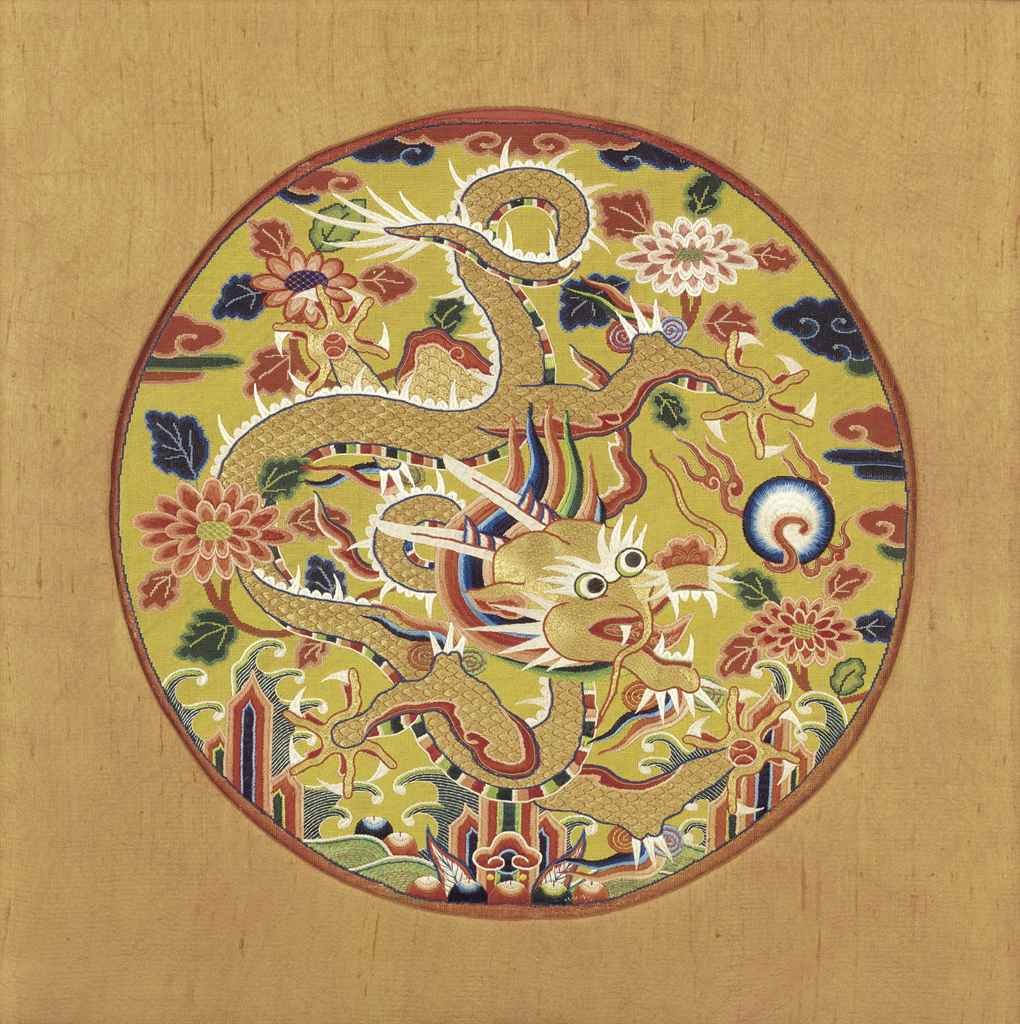
.jpg)
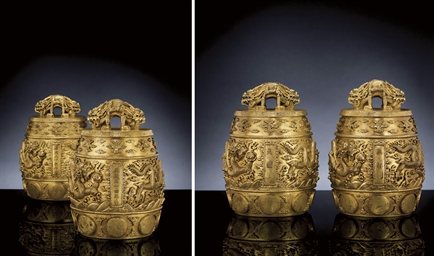
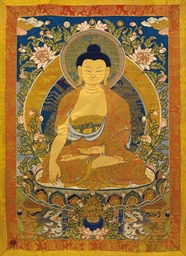
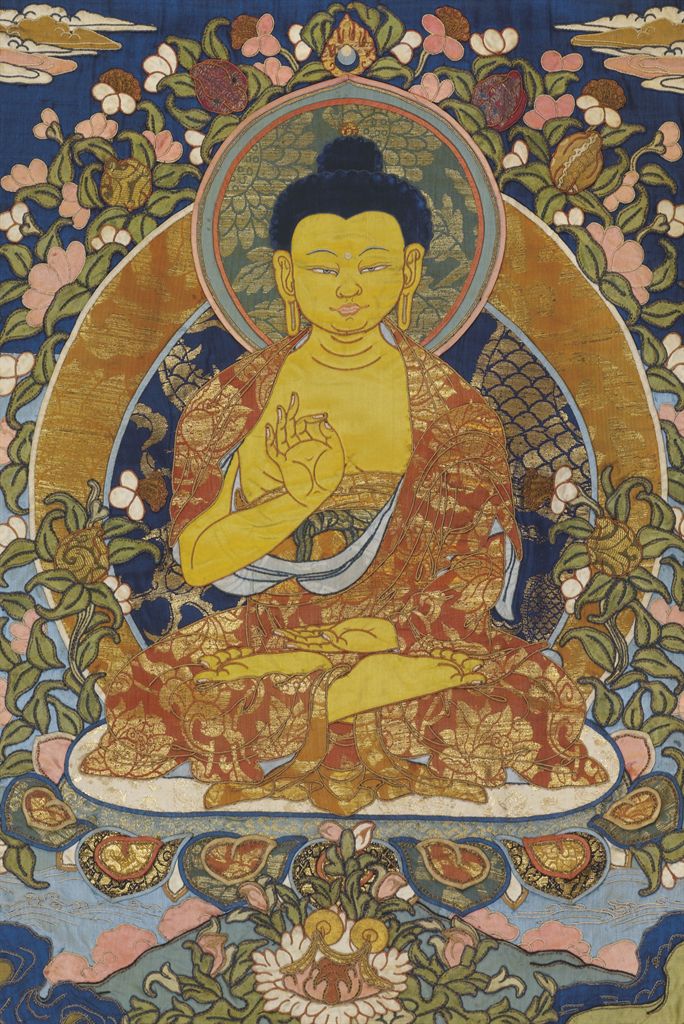
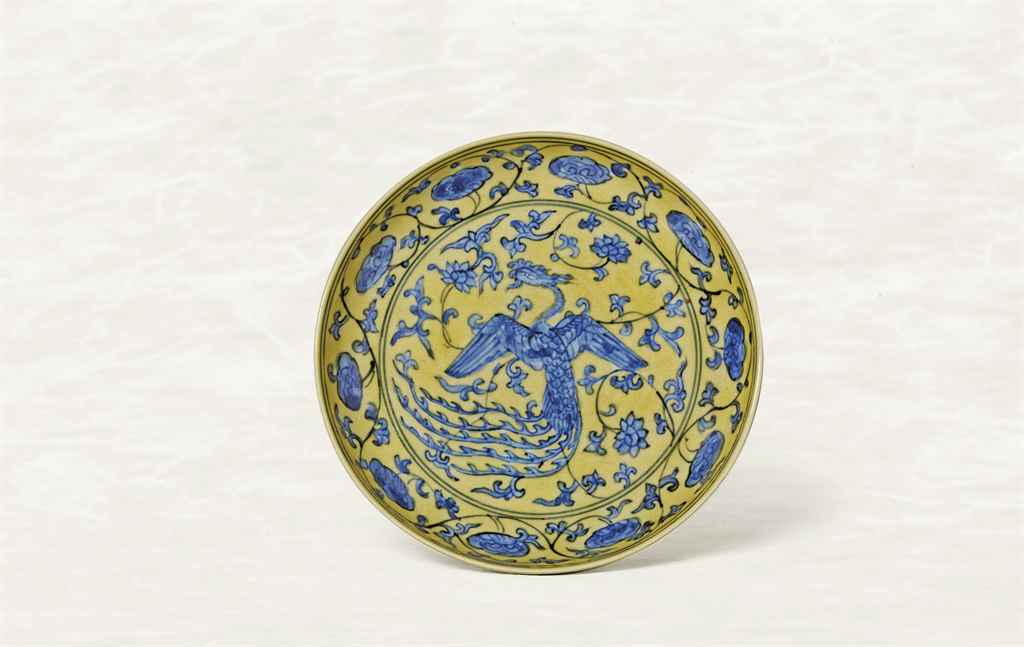



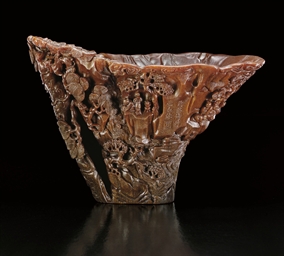


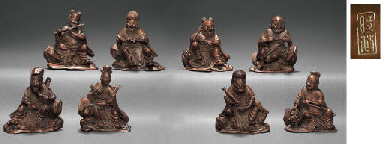
.jpg)
.jpg)
Testen Sie LotSearch und seine Premium-Features 7 Tage - ohne Kosten!
Lassen Sie sich automatisch über neue Objekte in kommenden Auktionen benachrichtigen.
Suchauftrag anlegen